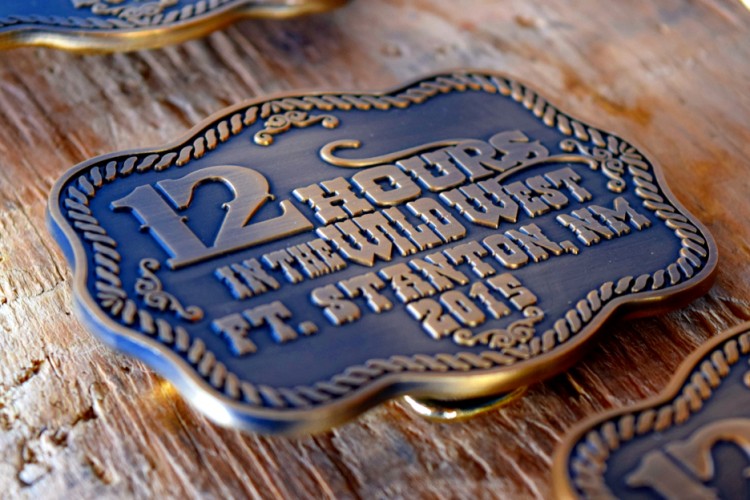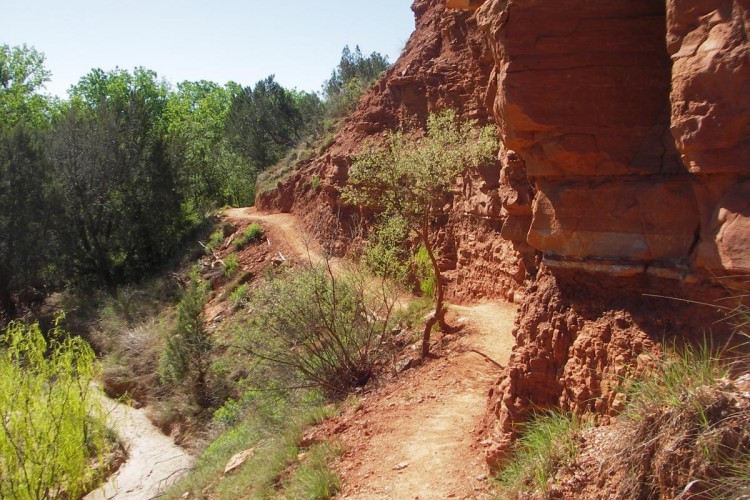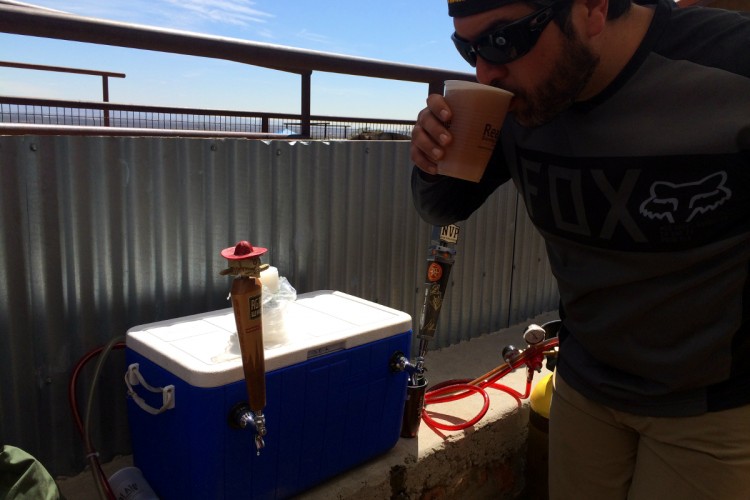I can feel the piercing death stares and hear the mumbled expletives even through the magical interwebs.
“Why would any mountain biker in their right mind choose to actively bike like a roadie?”
Though we’re all technically cyclists, the culture and personality traits of road bikers can differ dramatically from mountain bikers. Road bikers tend to lean a touch more towards masochism, deriving pleasure from pain-filled pedal strokes. Mountain bikers, on the other hand, suffer on climbs mostly for the sheer joy of getting air on a jump while riding downhill. If mountain bikers are akin to children on a playground, then road bikers are the middle-aged adults wearing ties in a stuffy boardroom.
If you are part of the fraction of mountain bikers that will be undertaking a race, endurance event, or even a long destination trip with many days and miles of riding, you will likely put in some amount of training rides. Implementing cues from road bikers can shed light on simple ways to improve your training this season.

1. Eat and Drink Like a Roadie
Choose Coffee Over Beer
It’s not uncommon to see mountain bikers enjoying a cold beer after a long, hot ride in the summer, with some mountain bikers even enjoying beer prior to leaving the trailhead. If you have ever ridden with roadies, or seen a group finish a road ride, you probably know that after a hard training session the group doesn’t sit on tailgates drinking beer and rehashing how they almost got caught by a red light. On the contrary, a trip to the local coffee shop both pre- and post-ride is more common. Roadies are more about the ability to go faster and longer on their rides. This is where caffeine plays an integral role, as it has been shown that caffeine can legally provide athletes with an edge over competitors.
Beer is part of the mountain bike culture, and to skip out seems almost blasphemous these days. However, beer is a large dose of empty calories and carbohydrates, effectively negating some, if not most, of the hard efforts performed on the trails. Though a good portion of mountain biking beer drinkers exercise in order to justify drinking more beer, if you’re looking to amp up your performance and shed a few pounds from the off-season, skip the post-ride beer and opt for a coffee or espresso. Though tread cautiously, as you could soon find yourself rubbing elbows with roadies both pre- and post-ride as you get your “fix.”
Watch What You Eat
Roadies weigh every gram that goes onto their bike. Spend an extra $60 on a carbon fiber water bottle holder to shed 20 grams? You better believe that they’ll buy two of them. It doens’t stop at hardware, either. It’s not uncommon to hear roadies talking about the latest kale salad recipe that helped them shed an additional pound. What is uncommon is finding a large number of hardcore roadies at the local pizza joint after a ride. Watching what you eat, even during post-ride meals, can help you attain your personal fitness goals.
2. Long, Sustained Efforts

Depending on your local terrain, finding trails where you can ride a long time at a high level can be difficult. Even encountering one hike-a-bike section can punctuate a sustained climb, allowing time for your heart rate to drop and recovery to occur before continuing. Riding on roads can be beneficial, where you can specifically tailor your route to include longer climbs and sustained effort, whereas mountain biking is dictated by the available trail systems and terrain of the region. I hate admitting this in writing, but I typically start building base miles at the start of the season on a road bike. The larger selection of roads allows me to design training rides that hit key components of biking I need to work on, such as power or speed.
3. Interval Training
Even some of your casual road bike shop rides will have some element of interval training mixed into the ride, mostly as an added element of excitement to an otherwise bland ride on roads. Interval training prepares your body for short, high intensity sections that you are likely to encounter on most mountain bike trails. Unfortunately, the extent of interval training for most mountain bikers is reactive to the course, instead of pre-emptive. Short, punchy climbs are typically the maximum breadth of my interval training while on trails. Mixing in legitimate sprints on a road bike, especially on short rides, has helped me become a stronger rider, equipped to handle punchier climbs during races. Intervals can also be particularly effective at mixing up your training rides.
4. Off-Season Training
Off-season training is where I truly believe that roadies have their act together. Prior to the advent of fat bikes, most mountain bikers hung up their bike–and with it, exercise–during the off-season when trails were covered in snow or temperatures dropped too low for personal comfort. Used to an already boring sport, roadies find little issue with plopping their bike on a trainer and churning cranks to 70s-style exercise videos. While fat biking is allowing more mountain bikers to add base miles during the off-season, the higher intensity and structured training that cycling videos offer can propel one’s fitness, and thus season, months ahead of others.
5. Practicing Proper Technique

When you’re staring at endless pavement, one immediately begins to conjure up ways to add excitement to prevent dozing off at the handlebars. During the early months of the season, it’s not uncommon to see road bikers pedaling around with only one foot clipped in to the bike. It may seem odd, but road bikers take proper technique very seriously. A 4-hour ride while remaining in the exact same position will quickly highlight improper technique with back spasms and knee pains. Proper pedal stroke is typically low on the list for mountain bikers, as we tend to be pre-occupied with sheer drop offs and cacti. However, improving seemingly-mundane techniques can improve efficiency and thus shave precious time off your race.
Concluding Thoughts
Even if you’re not looking to undertake a race or endurance event, improving your fitness will allow you to power through technical terrain and reach the crest of a climb without being completely taxed. Since mountain biking is all about having fun on the bike, implementing a strategic training regime will allow you to do just that. The more in shape you are, the better you ride, and the more you enjoy it.
Your turn: How do you train for mountain biking events?





















6 Comments
Apr 13, 2015
2)No such thing here near Philadelphia. Climb the "Mother" in Valley Green turn, hammer down, repeat. Do that a few times and you'll be crying for your mommy.
3) Agreed with previous poster. Mtb riding is interval training, at least around here. Good to do sprints on gravel roads on a HT though. Closest I'll get to road riding.
4) Get a pair of Suomi/Nokian Extreme 294 Finnish snow tires. Throw em on your HT put on you wool socks and get out there and ride all winter. I did, and I got soooooo much better at riding. Your core strength and balance is greatly improved by riding over jagged sheets of ice and through ice covered rocky creek beds. No boredom here.
5) Uuum technique? Core strength? Yes, you need that to hold a semi plank position for hours on end and pedal. Don't hit a pebble though. You'll endo. However caffeine can't possibly be the only drug they're doing. (Oh wait there was something about that a few years ago) Any guy who gets overcome by an extreme urge to slap on brightly colored spandex to run out and play in traffic is doing drugs that I just never wanna do.
Apr 14, 2015
2&3) If you think Philly is bad, try the Rockies. However, there are far more roads that climb >5,000 feet in elevation that peak out above 10k than there are singletracks, unfortunately.
4) You had me at 'jagged sheets of ice'. Now to just find some here in the desert... ;)
5) Never thought about it that way... You win this round as well.
Apr 10, 2015
2. When you live on Colorado's front range, finding sustained climbs in the dirt is nooooo problem!
3. MTB trails which don't start by going up forever are usually interval training by their very natrue--hill/obstacle, crank up the heart rate, clear the hill/obstacle, repeat.
4. Fat bike!
5. With no obstacles, it's hard to imagine what "technique" goes into road riding. It's just turning cranks . . . on and on and on . . .yawn . . . repeat ad infinitum . . .
Having said all that, I know that logging lots of road miles is huge in building the fitness base for racing on the dirt. Unfortunately I'm forbidden from buying any more bikes . . . and even if I could, I doubt I could bring myself to make the next purchase a road bike . . . after all, I don't even own a fat bike yet!
Apr 14, 2015
Apr 10, 2015
Apr 11, 2015